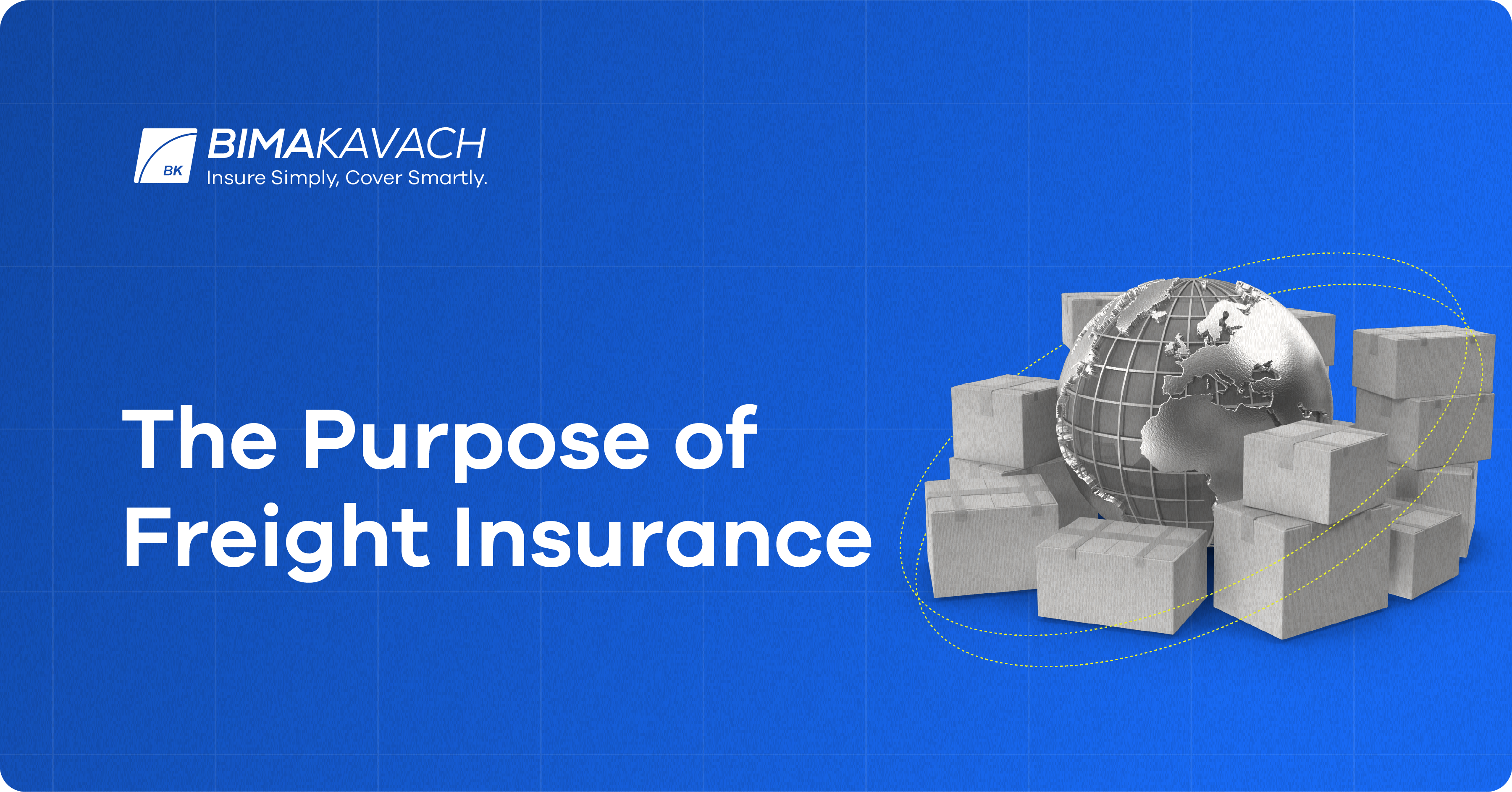Pacific Prime Fundamentals Explained
Pacific Prime Fundamentals Explained
Blog Article
The Single Strategy To Use For Pacific Prime
Table of ContentsPacific Prime - The FactsAll about Pacific PrimeThe Single Strategy To Use For Pacific PrimeRumored Buzz on Pacific PrimeHow Pacific Prime can Save You Time, Stress, and Money.

This is because the data were accumulated for a period of strong financial performance. Of the approximated 42 million individuals who were uninsured, just about about 420,000 (concerning 1 percent) were under 65 years of age, the age at which most Americans come to be eligible for Medicare; 32 million were grownups between ages 18 and 65, around 19 percent of all grownups in this age group; and 10 million were kids under 18 years old, about 13.9 percent of all children (Mills, 2000).
These quotes of the variety of persons uninsured are created from the annual March Supplement to the Existing Populace Survey (CPS), carried out by the Demographics Bureau. Unless otherwise noted, nationwide price quotes of people without health insurance policy and proportions of the populace with various kinds of protection are based upon the CPS, one of the most extensively used source of quotes of insurance policy coverage and uninsurance prices.
The Greatest Guide To Pacific Prime

Still, the CPS is particularly valuable because it creates annual quotes relatively swiftly, reporting the previous year's insurance coverage approximates each September, and due to the fact that it is the basis for a regular collection of quotes for greater than twenty years, enabling analysis of trends in coverage with time. For these reasons, along with the considerable use the CPS in other studies of insurance policy coverage that are provided in this record, we rely upon CPS estimates, with restrictions kept in mind.

The price quote of the variety of uninsured individuals expands when a population's insurance coverage status is tracked for numerous years. Over a three-year period starting early in 1993, 72 million individuals, 29 percent of the U.S. https://telegra.ph/Pacific-Prime-Your-Trusted-Source-for-International-Health-Insurance-04-02. population, lacked coverage for at the very least one month. Within a solitary year (1994 ), 53 million individuals experienced a minimum of a month without protection (Bennefield, 1998a)
Six out of every 10 without insurance adults are themselves employed. Functioning does improve the probability that one and one's family members will certainly have insurance coverage, it is not an assurance. Even participants of households with two permanent breadwinner have practically a one-in-ten chance of being without insurance (9.1 percent uninsured price) (Hoffman and Pohl, 2000).
The Greatest Guide To Pacific Prime
New immigrants represent a significant percentage of people without medical insurance. One evaluation has associated a substantial portion of the current growth in the size of the U.S. without insurance populace to immigrants who showed up in the nation in between 1994 and 1998 (Camarota and Edwards, 2000). Recent immigrants (those who involved the United States within the past four years) do have a high price of being without insurance (46 percent), but they and their youngsters account for just 6 percent of those without insurance coverage across the country (Holahan et al., 2001).
The connection in between medical insurance and accessibility to care is well established, as recorded later in this chapter. Although the connection between wellness insurance and health outcomes is neither straight neither simple, a comprehensive clinical and wellness solutions study literary works links health and wellness insurance coverage to enhanced accessibility to care, better top quality, and boosted individual and population health and wellness status.
Degrees of analysis for analyzing the results of uninsurance. It focuses especially on those without any health and wellness insurance for any length of time.
A Biased View of Pacific Prime
The problems faced by the underinsured are in some areas comparable to those dealt with by the uninsured, although they are generally much less extreme. Health and wellness insurance coverage, nevertheless, is neither necessary neither adequate to gain accessibility to medical services. The independent and straight impact of health and wellness insurance policy protection on access to health solutions is well established.
Others will certainly acquire the healthcare they require even without wellness insurance coverage, by paying for it expense or seeking it from suppliers that provide treatment totally free or at extremely subsidized rates. review For still others, health insurance policy alone does not guarantee invoice of care due to the fact that of various other nonfinancial barriers, such as an absence of health treatment service providers in their community, minimal access to transportation, illiteracy, or etymological and cultural distinctions.
The Buzz on Pacific Prime
Official research study concerning without insurance populations in the United States dates to the late 1920s and very early 1930s when the Board on the Expense of Treatment produced a series of reports about financing medical professional office check outs and hospital stays. This concern became significant as the numbers of medically indigent climbed during the Great Anxiety.
Report this page